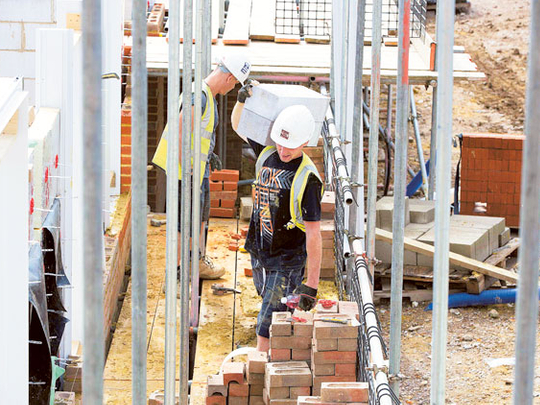
Dubai
The UK property sector continues to show steady signs of growth with prices up (on average) 3.1 per cent year-to-date (YTD) nationwide in the residential sector. While London still continues to outperform all areas of the UK (up 8.1 per cent year-on-year) areas outside of London are now seeing price growth and an influx of first-time buyers with lending levels to them at a six-year high.
Southeast of the UK is seeing the biggest trends with first-time buyers, thus driving property prices, while up north in places such as Yorkshire and Scotland, housing prices continues to drop at rates of 0.2 and 0.9 per cent respectively. So what does this tell us about where to invest in UK housing?
We all try to catch a property trend at the bottom of the curve but when trends are still on the decline, no one really knows when it will turn positive. There are still areas in London where we see growth, especially in locations undergoing huge regeneration programmes such as Wandsworth Town Centre. Outside of London, home counties such as Cambridge and Oxford are starting to look very appealing with low vacancy levels, low unemployment levels and property prices on the rise. All are strong factors to determine a strong and sustainable investment opportunity.
Large volumes of cash from the Middle East and Asia continue to enter the London market in the light of it being one of the strongest property markets on the planet. With 374,000 jobs created in London each year for the next five years, we are seeing a growing demand from white-collared workers looking for quality accommodation to rent near to their workplaces.
Areas such as Shoreditch and Hoxton are seeing some of the lowest vacancy rates throughout London, being situated right on the fringes of the city and benefiting from private and government investments in the local area. Recent figures are also very reassuring to investors.
Only 13,300 new properties will enter the London market each year for the next five years, which is 35 per cent below the mayor’s target and way below current demand levels. Limited supply will result in both strong capital growth on properties as well as increased rents. With experts stating that London (on average) will increase by 32 per cent in the residential sector over the next five years and forecasting rent increases of 26 per cent between now and 2017, London continues to prove the strong, solid property investment market that ‘savvy’ investors are looking for.
If you are after another growth market in a strong economy, Chicago is also worth paying particular attention to. Chicago is home to the headquarters of 29 Fortune 500 companies and is the third biggest economy within the US. The residential sector in Chicago is starting to see price growth as domestic demand increases as does overseas investment levels.
The residential market in Chicago is still 32 per cent lower today than the peaks of 2007, highlighting the potential growth of this market place. There is also a severe lack of inventory currently in Chicago which is fuelling the resale market as more people look to take advantage of the favourable market conditions.
Residential yields in Chicago are also higher than most cities within the US (up to 9 per cent). With low vacancy rates and low cost of borrowing, Chicago is a stable market that currently offers great value compared to other key cities.
Like any property market, you need to be able to highlight areas which are set to outperform the market average. The way the asset is managed is also key if you want to maximise your RoI and to ensure the experience of owning an investment property is an enjoyable one, as well as lucrative.
— The writer is the director and head of Middle East IP Global, the property investment company.












